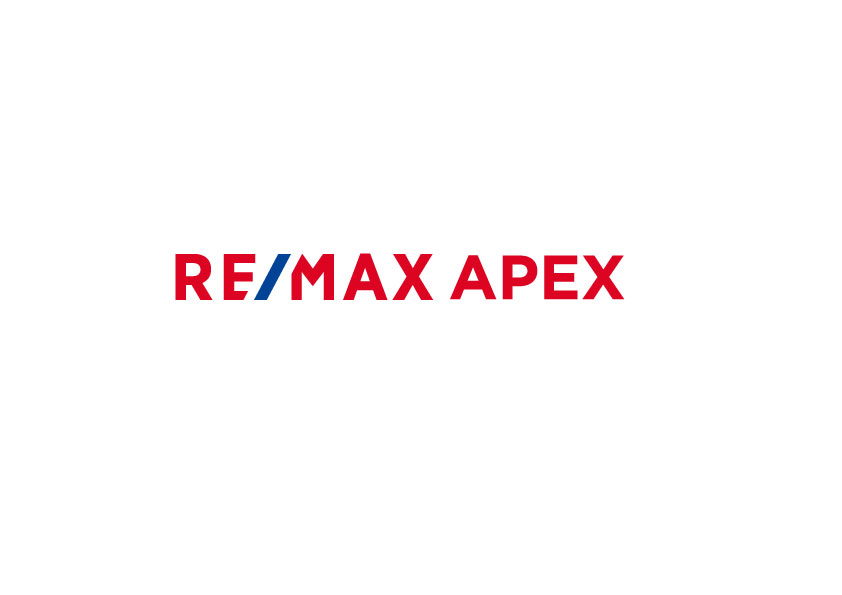Some of you reading this blog may be considering purchasing a second hand home and renovating the property. For those interested in buying a home to renovate, the financing options you may have looked into may be a mortgage and a loan for property renovations separately.
In this article, we will focus on the “renovation-integrated loan” or the “renovation all-in one” type loans to purchase a property.
What is a renovation-integrated loan?
A “renovation-integrated loan” is a loan which allow borrowers to combine the cost of purchasing a home and the cost of renovation work.
Some people who are considering purchasing a house and renovating the property may think that they need to take out a “mortgage” and a “renovation loan” separately.
Renovation-integrated loans offer the same interest rates as mortgages, so they are attractive because of their low interest rates. Since the purchase of the property and the costs of renovations are combined.
However, the interest rates for renovation loans are higher, generally we can say the interest rates range from 2% to 5%, with the term shorter than the typical mortgage of 35 years.
Features of Renovation-Integrated Loans
Here are four features of the “Renovation-Integrated Loan.”
- Interest rates tend to be lower
- Longer termed loans
- Requires a mortgage
- Strict screening process
1. Interest rates tend to be lower
The first feature of renovation-integrated loans is that interest rates tend to be lower.
There may be a difference of 1-2% for interest rates compared to renovation loans.
2. Longer termed loans
Renovation-integrated loans have a longer repayment period of up to 35 years. The repayment period for typical property renovation loans is generally 10 to 15 years.
3. Requires a mortgage
A mortgage is the right of a financial institution to secure real estate such as land or buildings. Land or buildings are used as collateral in advance in case mortgage repayments are delayed. Therefore, when taking out a home loan, financial institutions require you to mortgage land or house when taking out a housing loan.
This may be a given, but when considering Renovation-Integrated Loans the bank’s requirement will be to take out a mortgage on the home purchase.
4. Strict screening process
Considering interest rates are lower and loans can be borrowed over a longer period of time, screening process tend to be strict. This can be said for the general housing loan as well.
So, why choose a renovation integrated loan?
Why do so many people choose “renovation-integrated loans”?
Let’s take a look at the specific advantages.
As mentioned above, a renovation integrated loan is more economical than taking out separate “mortgage” and “renovation loan” loans.
Interest rates and repayment terms have a significant impact on monthly repayments.
In general, the lower the interest rate and the longer the repayment term, the lower the monthly payment will be for the loan.
Interest rates and repayment terms have a significant impact on monthly repayments, and the larger the amount borrowed, the more pronounced the impact.
If you take out separate “mortgage” and “renovation loan” loans, the interest rate tends to be higher and the repayment period shorter; therefore, a “renovation-integrated loan” can be a better option.
One of the advantages of a renovation-integrated loan is that the “mortgage tax reduction” can be applied.
In addition to a lower interest rate, the tax break is also applied, which reduces the financial burden.
The “Mortgage Tax Credit” is a program that allows 0.7% of the outstanding mortgage balance to be deducted from income taxes over a 13-year period (10 years for existing homes).
One of the requirements is that the renovation be done with a mortgage loan with a repayment term of 10 years or more or a renovation loan.
The tax reform has decided to extend the mortgage deduction for four years, making it available until December 31, 2025.
The maximum deduction of 2.1 million yen can be taken for an existing certified home, so those who meet the requirements must apply.
A long story short, those looking at keeping their monthly repayments at a level where they feel comfortable, combining the home loan and renovation loan together into the intergraded loan may be the better option.
Disadvantages: Points to keep in mind when using a Renovation-Integrated Loan
While some may imagine the renovation-integrated loan has all the advantages, there are also a few disadvantages.
We will provide the details on what you should pay attention to so you will not regret your decision.
When using a renovation-integrated loan, it is important to note that an estimate of renovation costs must be submitted along with the purchase price at the same time for the financial institution’s review.
In other words, when using a renovation-integrated loan, you need to decide the details of the renovation at the time of application. Some financial institutions will require a signed agreement for the renovation work prior to applying for the loan.
On the other hand, if you take out a mortgage and a renovation loan separately, only the property price needs to be determined at the time of the final mortgage loan review.
The purchase application is submitted at the “I have decided on this property” stage, proceeds to the preliminary loan review, and is completed when the contract is signed.
The biggest disadvantage for the integrated loan is the time it may take for the financing process compared with both loans separately. The loan for the purchase of the home is not stringent on the renovations.
Key Points for Selecting a Renovation-Integrated Loan
There are four factors when considering Renovation-Integrated Loans.
- Check the requirements for a renovation-integrated home loan
- Join group credit life insurance
- Check the final repayment amount
- Stricter Screening may equate to having a larger down payment
1. Check the requirements for a renovation-integrated mortgage.
The first point to keep in mind when selecting a renovation-integrated mortgage is to check the requirements for such a loan.
Since different products have different interest rates and other conditions, it is important to research and compare them in advance.
2. Group credit life insurance
The second is to “purchase group credit life insurance.
Group credit life insurance (“danshin” in Japanese) is an insurance policy which covers the outstanding balance of the mortgage loan to be reduced to zero in the unlikely event of the policyholder’s death during the repayment of the mortgage.
In general, the group credit life insurance is structured in such a way that if the policyholder becomes unable to make payments due to death or other causes, the life insurance company pays the bank an insurance amount equivalent to the mortgage balance, which is then used to repay the debt.
A group credit is a type of insurance which can be purchased only when borrowing or refinancing a mortgage. In general, it cannot be purchased after the mortgage loan has been borrowed.
In addition, although it may be possible to add it partially in the middle of the process after borrowing, it may not be possible to join depending on one’s health condition, and careful consideration is required when signing the contract.
Since different products offer different interest rates and guarantees, selection should be made in parallel with the consideration of the loan product.
Also in generalities, most financial institutions require the borrower to have a life insurance policy when taking out a mortgage.
3. To be sure of the final repayment amount.
Third, “be sure of the final repayment amount.”
It is unadvisable to decide on a renovation-integrated mortgage loan only because the interest rate is low.
Even if the interest rate is low, the total amount to be paid may be high, including administrative fees, guarantee fees, and fees for early repayment, so it is important to think from a broad perspective or the full scope.
4. Stricter Screening may equate to having a larger down payment
Fourth, “the screening process is strict, and in the event the loan amount applied for is reduced, the applicant may have to pay prepare a larger down payment.”
As mentioned earlier, “renovation-integrated mortgages” tend to be subject to a strict screening process.
Therefore, it is necessary to consider what to do in the event that the loan application is not approved.
Even if you pass the loan screening, keep in mind that 100% of the loan may not be approved, and you may be required to use your own funds to cover some of the costs.
When choosing a “renovation-integrated mortgage,” be sure to take a comprehensive look at the loan to see if it is right for your purchasing needs.
Summary
For this blog, we discussed the features of the Renovation-Integrated Mortgage, some of the advantages and disadvantages.
We wanted to spread the some light on this type of financial tool when purchasing a home since everyone may not be familiar with these types of loans or having the capability to combine both the home purchase and renovations costs into one loan.
We do advice to look at the total scope of the financials, entire payment amount, monthly payment amounts, initial amounts etc before making any rash decisions.

For additional information or any questions please contact us here
Email: info@remax-apex.com

